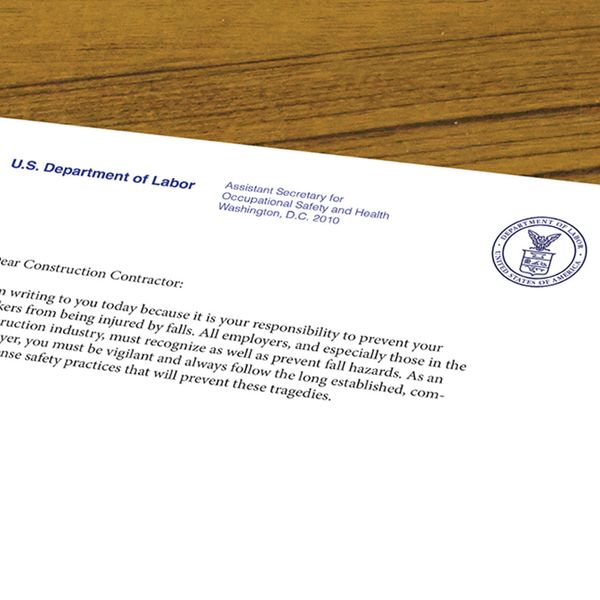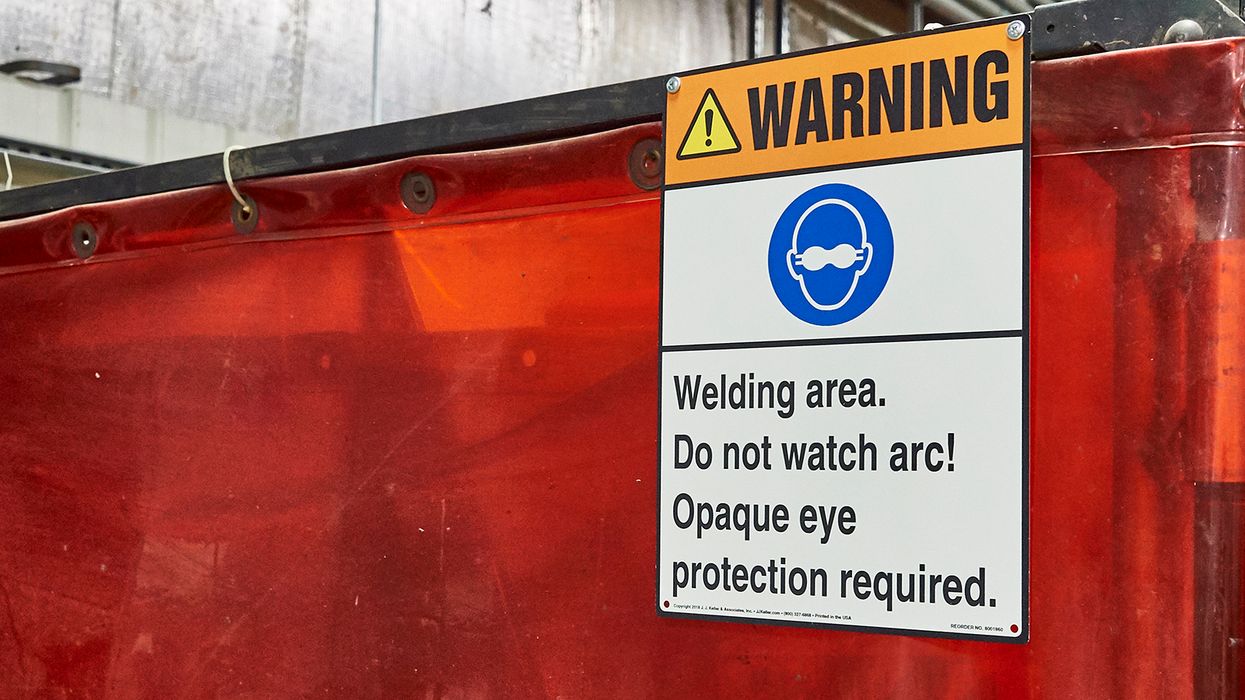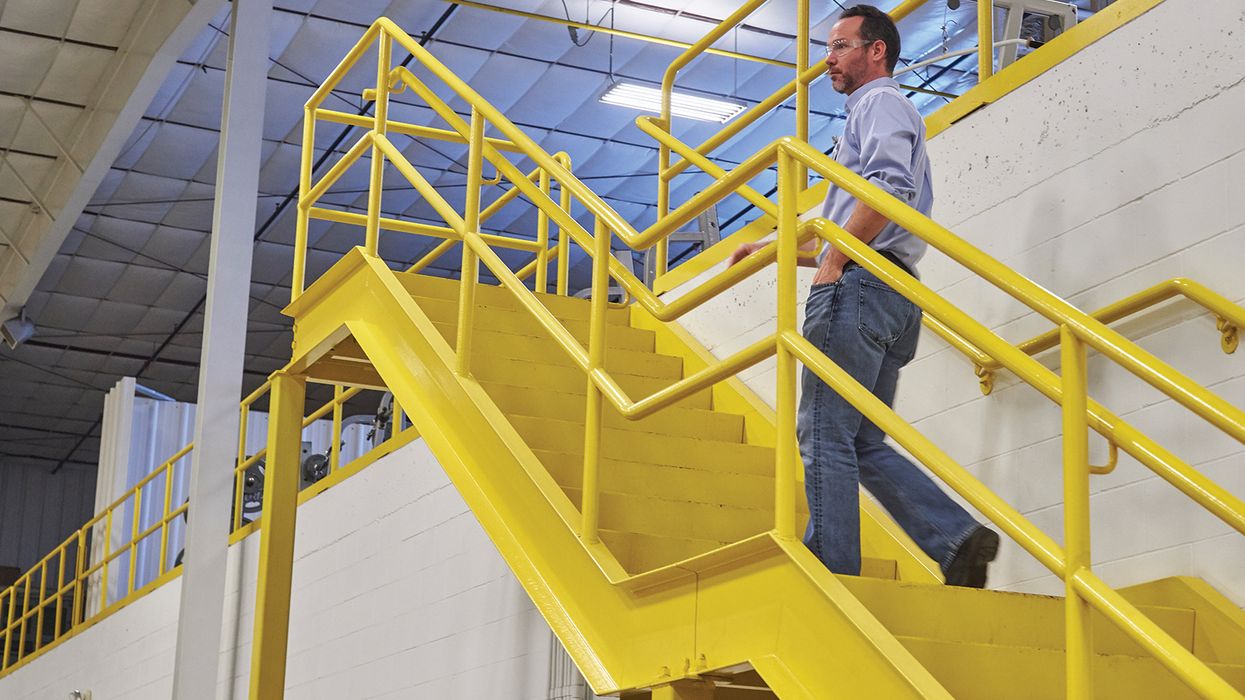Notable surge in OSH Act whistleblower complaint count
Who could forget? The number of whistleblower complaints we saw during the pandemic was exceptionally high. Workers blew the whistle on employers for allegedly retaliating against them for exercising their rights under the Occupational Safety and Health Act (OSH Act). However, here’s the kicker! Fiscal year (FY) 2023 came in a close second for number of OSH Act retaliation complaints. In fact, if it weren’t for COVID-19, the previous fiscal year may have set a huge record!
Whistleblower cases overall
Since FY 2006, 50,260 workers submitted whistleblower complaints for alleged retaliation for raising or reporting hazards or violations under 25 federal laws. Those laws cover worker safety, transportation safety, food safety, environmental protection, consumer products, taxes, and more. Workers who believe they have experienced retaliation in violation of one of these laws may file a complaint with OSHA.
OSHA received 3,243 complaints of retaliation in FY 2023, or 428 (15.2 percent) more than the previous year! However, it’s just shy of the highest figure of 3,448 complaints in FY 2020, along with 3,355 and 3,303 complaints in FYs 2016 and 2017, respectively.
OSH Act whistleblower cases
On the other hand, over 64 percent of whistleblower complaints since FY 2006 relate to just one statute! Section 11(c) of the OSH Act prohibits employers from retaliating against workers for exercising rights under that law. Over 32,200 reports of retaliation were made under the OSH Act since FY 2006. However, in FY 2023, over 71 percent of complaints corresponded to the OSH Act.
Received OSH Act whistleblower cases climbed 7.5 percent, from 2,148 in FY 2022 to 2,309 cases in FY 2023. Except for FY 2020 during the COVID-19 pandemic, which had 2,539 OSH Act cases, last fiscal year’s count is the highest number for received OSH Act cases on record!
It takes several months for complaint investigators to close cases. Investigators made a total of 2,688 case determinations in FY 2023. Of these, 2,001 were dismissed or withdrawn. That left 687 (25.6 percent) with any merit or settlement. This figure is much like the 25.3 percent merit/settlement cases in FY 2022.
Results of an investigation
Under most whistleblower statutes, if evidence supports a worker’s complaint of retaliation, OSHA will issue an order requiring the employer, as appropriate, to:
- Put the worker back to work,
- Pay lost wages, and
- Provide other possible relief.
If the evidence does not support the worker’s complaint, the investigator will dismiss the complaint.
After OSHA issues a decision, the employer and/or the worker may request a full hearing before an administrative law judge of the Department of Labor (DOL). The judge’s decision may be appealed to the DOL Administrative Review Board. In significant cases the DOL may review that decision. Finally, aggrieved parties may seek review of final DOL decisions by the courts of appeals.
Whistleblower investigator procedures have changed
OSHA last updated its Whistleblower Investigations Manual (OSHA Directive CPL 02-03-011) in April 2022. The manual outlines procedures relative to handling retaliation complaints under the whistleblower laws. The agency then issued a September 2023 memo with procedures for “significant” whistleblower cases. These are cases with high damages or novel issues, for example. OSHA will often post shaming news releases for significant cases.
Also in 2023, OSHA issued two regional directives and a regional memo on pilot programs to streamline the “complaint intake triaging process” under all whistleblower laws. In one pilot, for instance, cases will be closed without interview if they aren’t covered by statute, are untimely, or don’t allege retaliation.
By law, cases must close within 90 days. Yet, in the first quarter of 2020, the DOL Office of Inspector General found the closing average was over 279 days, according to an August 2020 report. This was an increase from 238 days in 2015. In response, OSHA has since been filling vacancies, piloting the triage process, and spreading workloads across regional offices.
Background information
Please click on our recent article, “Preventing Retaliation: OSHA's Whistleblower Protection Program,” dated January 25, 2024. This article suggests employers recognize that workers who file complaints, whether fairly or unfairly, tend to want to fight back against the employer out of emotion or anger. The article goes on to say it may be useful to meet with the complaining worker to confirm that no inappropriate actions have occurred, resolve any misunderstandings, and establish a line of communication if an issue arises.
Key to remember
Over 71 percent of complaints corresponded to the OSH Act in FY 2023. Except for FY 2020 during the pandemic, the OSH Act whistleblower complaint count in FY 2023 had the highest tally of OSH Act cases on record.

































































